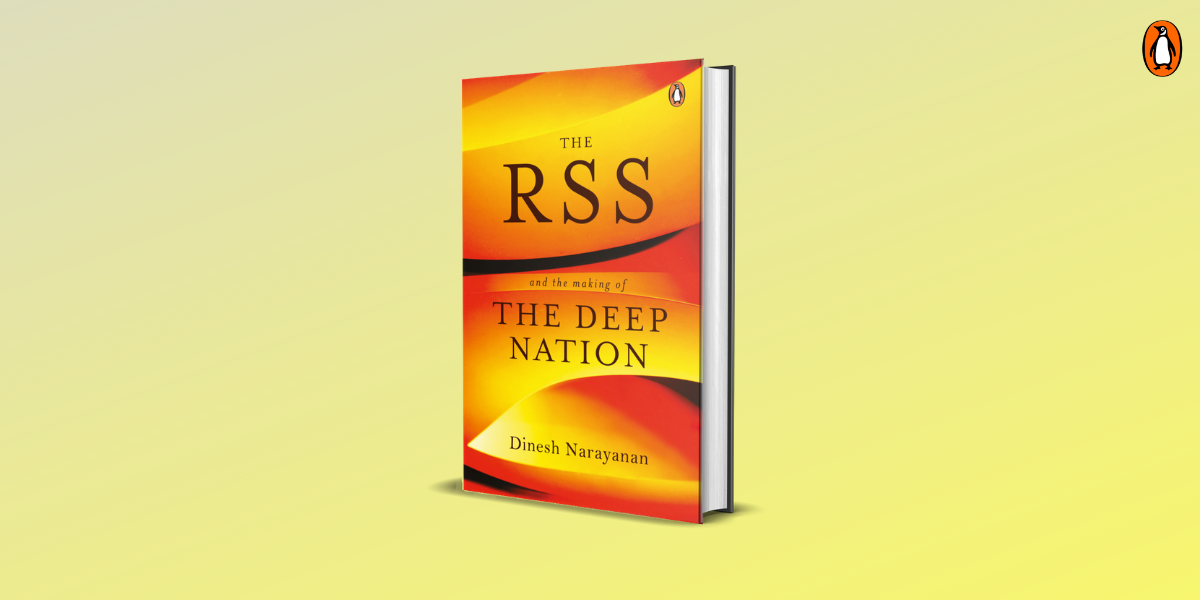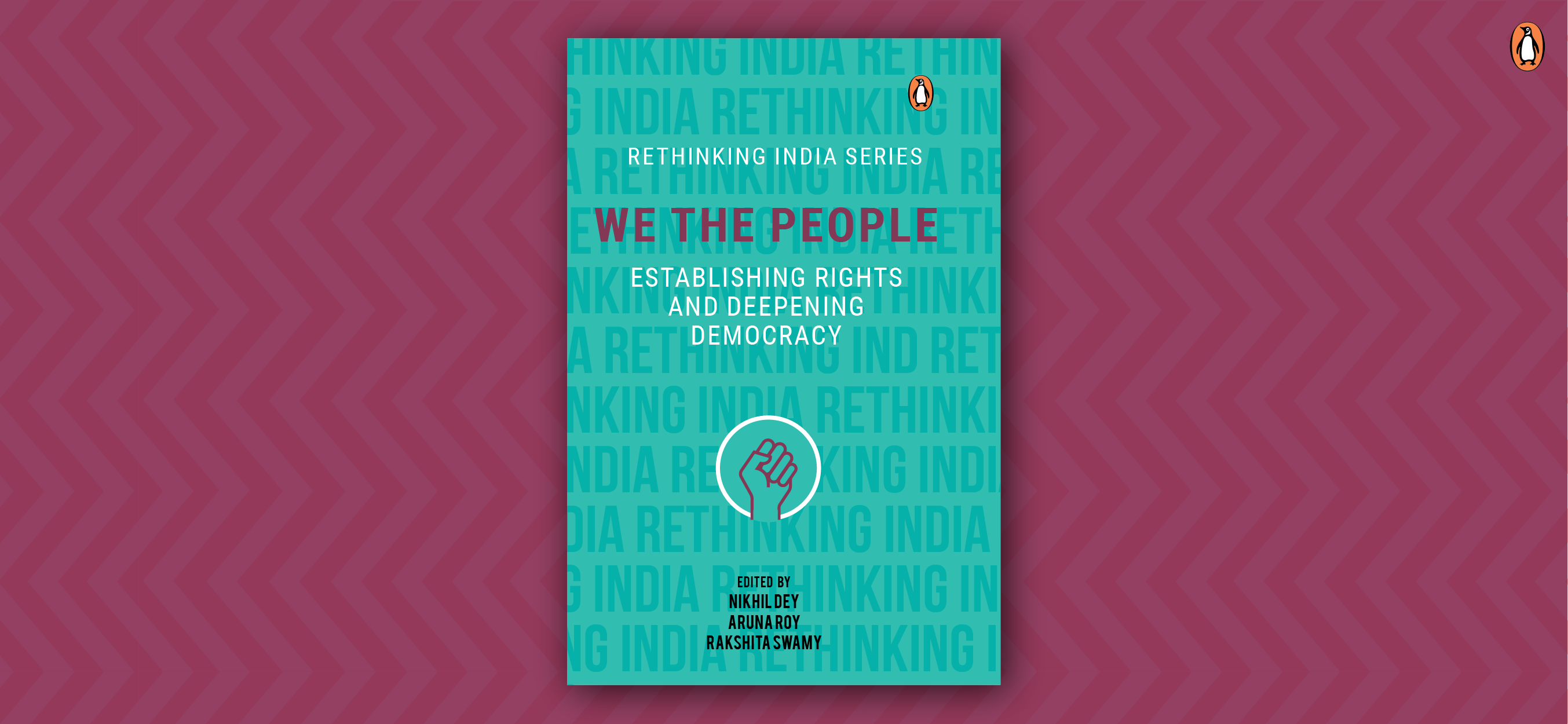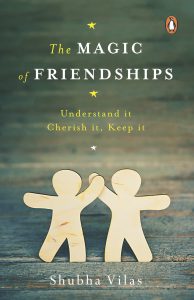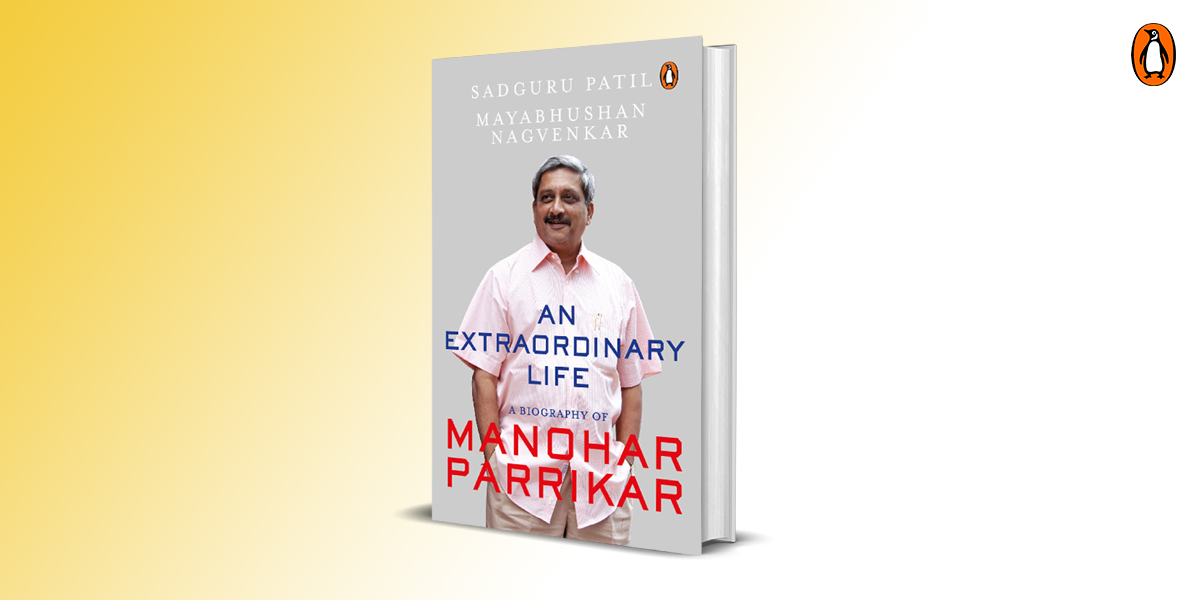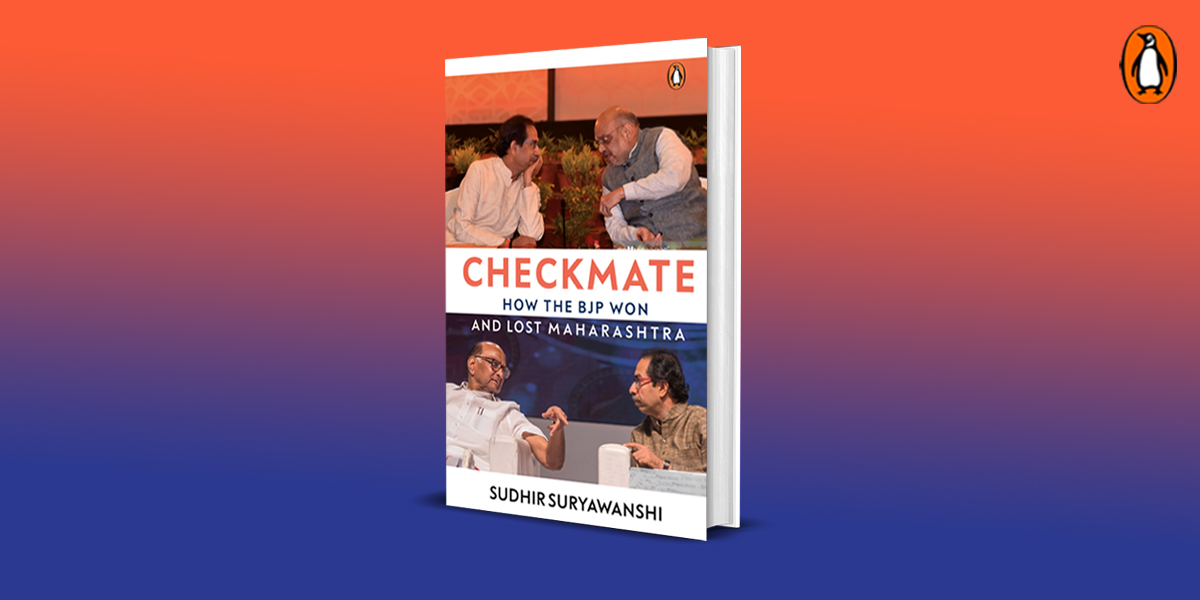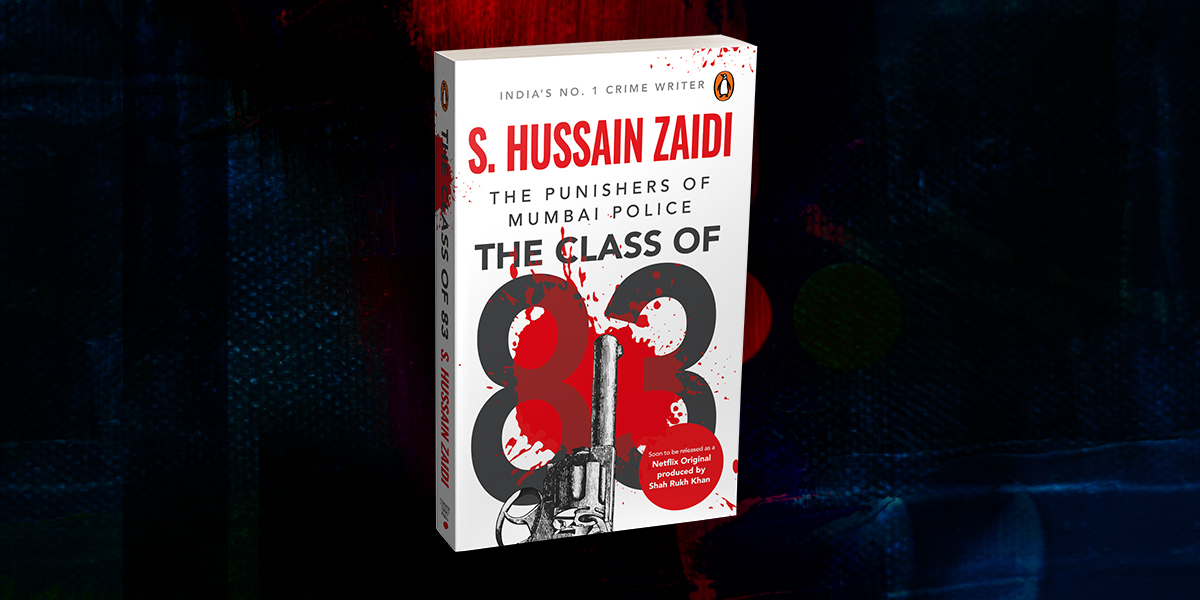Since its inception in 1925, the RSS has perplexed observers with its organizational skills, military discipline and single-minded quest for influence in all walks of Indian life. Often seen as insidious and banned thrice, the pace of its growth and ideological dominance of the political landscape in the second decade of the millennium have been remarkable
Relying on original research, interviews with insiders and analysis of current events, Dinesh Narayanan’s, The RSS and the Making of the Deep Nation traces the RSS’s roots and its pursuit for ideological dominance in a nation known for its rich diversity of thought, custom and ritual.
Read on for a look at the evolution of the RSS across a nearly a century of operations.
Keshav Baliram Hedgewar, a Maharashtrian Brahmin from Nagpur, founded the RSS on the day of Vijaya Dashami in 1925.
The name RSS was hotly contested. Many questioned that if Hedgewar wanted to unite Hindus, how could it be called rashtriya (nation). Hedgewar prevailed. He conceived the Sangh as an independent organization that bowed to no human. It bows to a saffron flag symbolizing the Hindu nation.
¬
Hedgewar kept the RSS largely removed from radical involvement in the freedom movement in the 1930s though it was seen as a pro-independence organization
Yet, Hedgewar kept RSS politically aloof from V.D. Savarkar’s Hindu Mahasabha. Aligning with Savarkar politically would have positioned the RSS as a rival to the Congress, which was a more broad-based platform, and Hedgewar did not want to be antagonistic to the Congress of which he was a member.
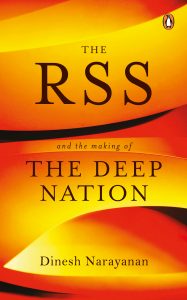
¬
Madhav Sadashiv Golwalkar, who took charge in 1940 too kept the RSS largely apolitical.
Golwalkar scrupulously kept the Sangh away from agitations and took care to not upset the authorities in any way. His disinterest in politics prompted a large section, including the Bombay province sanghchalak, K.B. Limaye, to leave the organization.
¬
By the time Madhukar Dattatreya Deoras took over as sarsanghchalak 1973, the RSS had lost a lot of ground, but he undertook a complete turnaround by focusing on work with a ‘social content’.
After he took over, Deoras quickly began deploying the Sangh’s numerical strength and reach, strategically using it to back political movements and agitations. ‘Deoras had seen that a political mind that was distinctly Hindu in character had emerged in the polity. His motto was: seva [service], samrasta [equitability], sangharsh [struggle].
¬
The anti-Emergency agitation of the 70s galavanized the RSS, laying the foundation for its influential student arm –the ABVP.
The spectacular success of the anti-Emergency agitation and the consequent formation of the first, though short-lived, non-Congress government of independent India, however, demonstrated that agitational politics could be rewarding for organizational growth. There were valuable learnings. Its student arm, the ABVP, the principal agitational instrument in the early 1970s, had 1.7 lakh students and teachers in 1977.
¬
It could not deeply tap the Hindu political consciousness until the 1980s when it began meticulously planned agitation to mobilize the divided Hindu community around Lord Ram.
The RSS needed a symbol, something potent and with a national resonance, to rally Hindus around. It found it in Ayodhya, the birthplace of Lord Ram, the hero of Ramayana, an epic told and retold in practically every Hindu, and often non-Hindu, household from Kashmir to Kanyakumari.
¬
Strangely, during the economic liberalization of the 1990s the RSS, opposed to globalization seemed more aligned with the left in opposition to its own government.
The Vajpayee government picked up where the Narasimha Rao government had left off and the RSS behaved as if it was still in opposition. It was a curious situation where the RSS opposed several aspects of the economic policy of the government, and in a sense seemed more aligned to the left than to a government of its own.
¬
As Narenda Modi took charge as Chief Minister in Gujarat, he slowly emerged as the man who would rescue the RSS from the doldrums of the decade of UPA government.
Over the next fourteen years, Modi, the consummate swayamsevak, emerged as someone who could seamlessly merge business and Hindu cultural supremacy, a formula that had eluded the Parivar.
¬
Although Narenda Modi was initially viewed with suspicion by the RSS, a letter from a friend to Mohan Bhagwat was instrumental in cementing the rift.
Mohan Bhagwat read the executive’s missive with concern. The letter hinted that the rift between the rising star of Hindutva and the RSS leadership was the creation of vested interests within the Sangh. Bhagwat immediately invited the executive to Nagpur for a detailed conversation. In a meeting that went on for hours, the executive further elaborated to Bhagwat how a few leaders within the Sangh and the BJP had created misunderstandings between the RSS top leadership and Modi.
¬
Destroying all opposition the Modi-led BJP won 303 seats in the Lok Sabha, twenty-one seats more than in 2014, shifting the power balance between the BJP and RSS.
Ideologically, the party and the parivar reflect the Sangh more than ever in its history. At the same time, some RSS leaders who tried to influence political decisions and appointments have been clearly told by the BJP leadership that it was not their place to decide what was in the best interests of the party.
**







